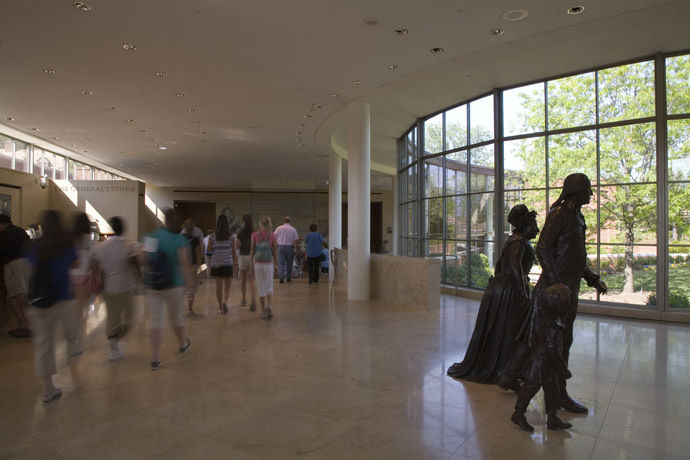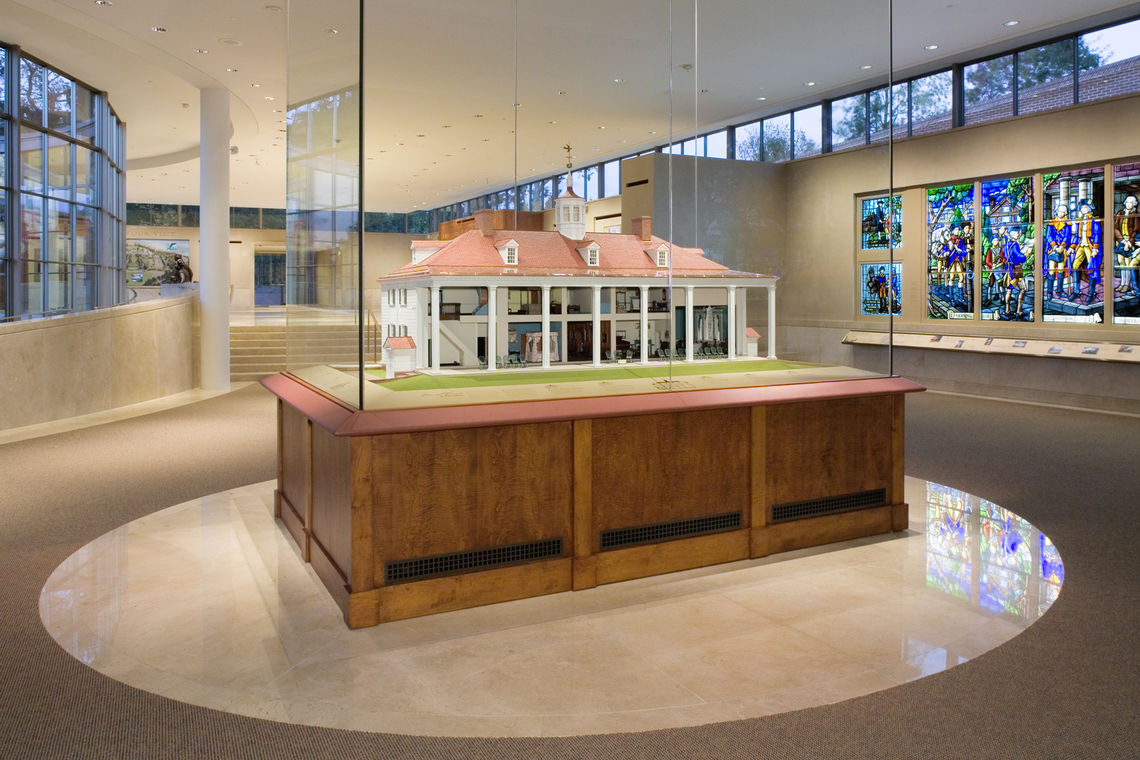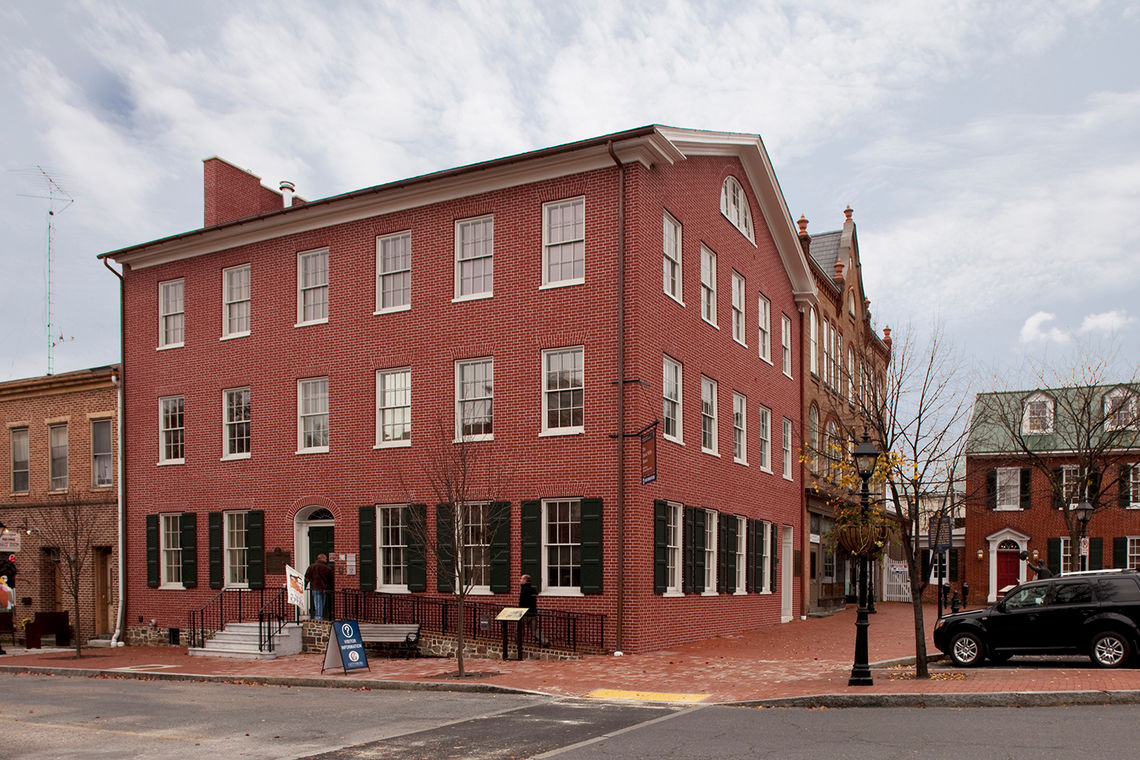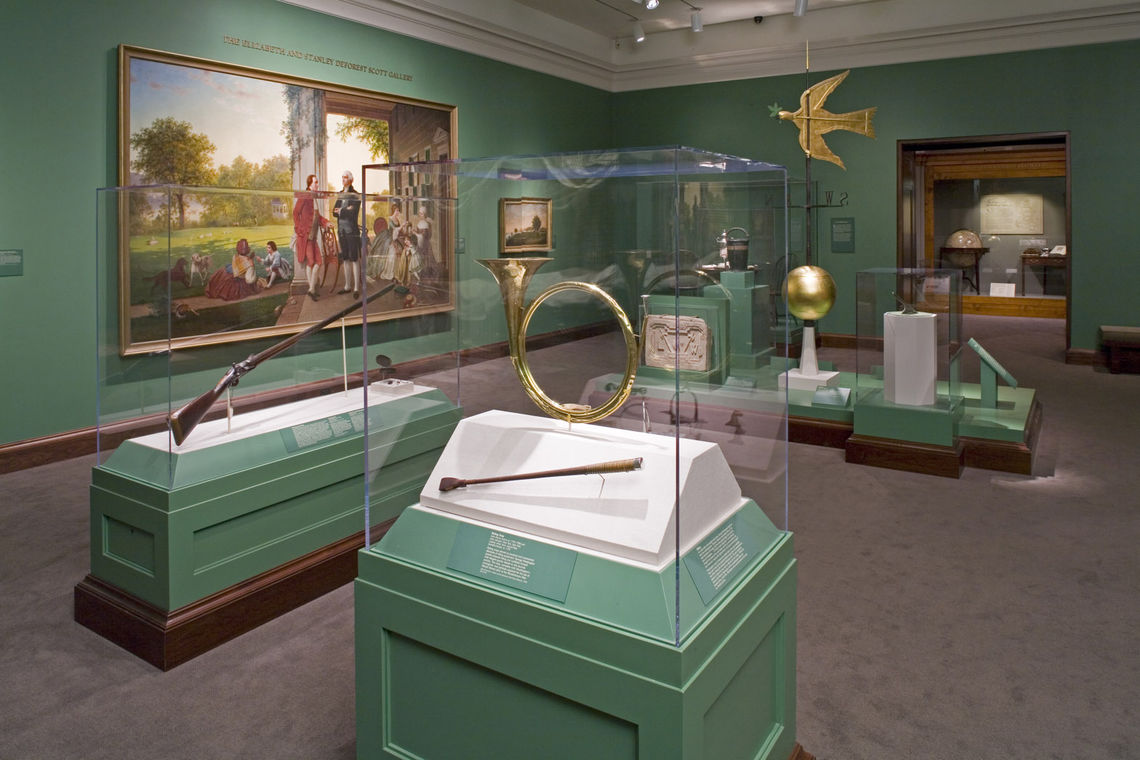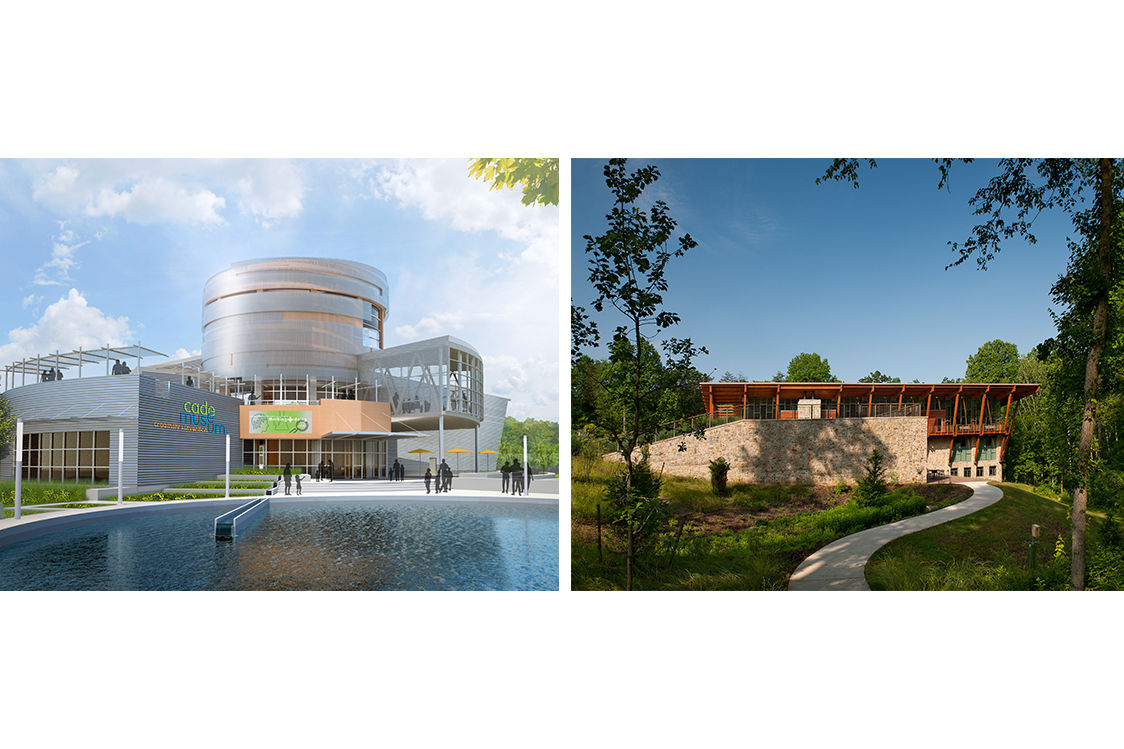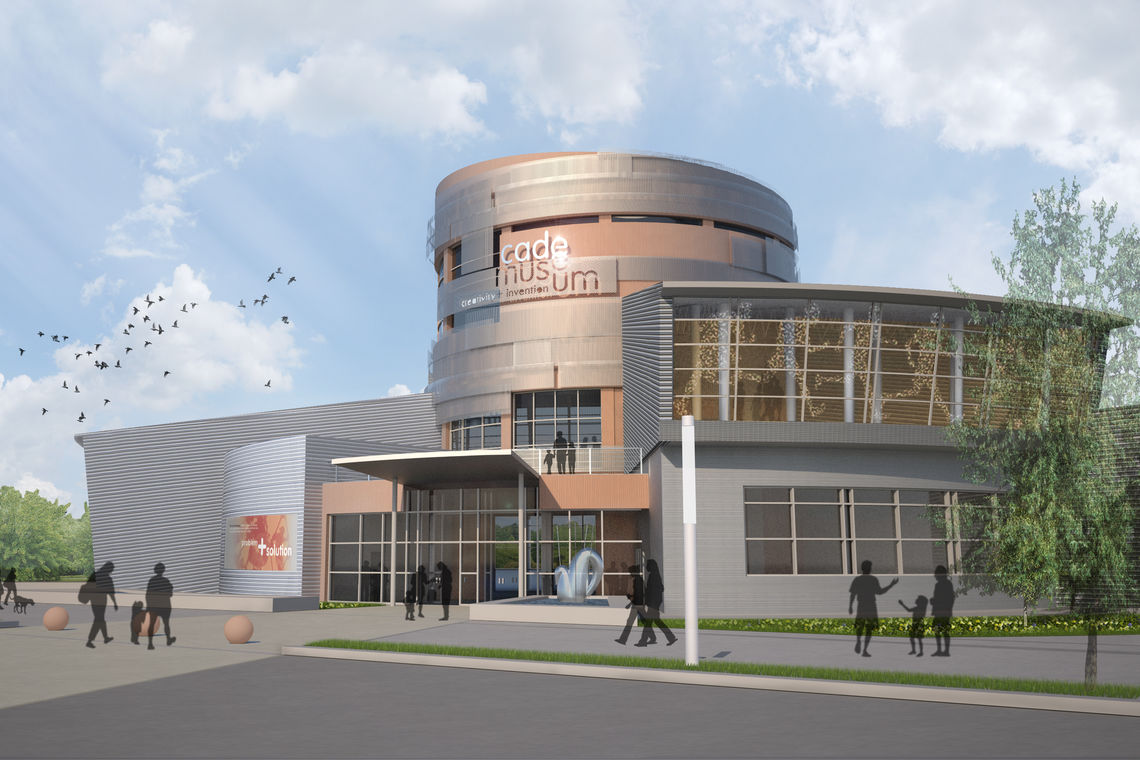Crowd Control & Visitor Flow in Interpretive Facilities
To say that visitor facility planning and design is challenging is an understatement. There are many factors that determine the success of a facility, most of which center on the visitor experience and the ability of the facility and staff to deliver the message of the site. Unfortunately, visitor flow, the way people move and how the facility accommodates those movements, isn’t always specifically considered. Further, when a facility fails to properly manage visitor flow, it often leads to a disappointing visitor experience. It’s on the extreme (busiest or slowest) days that the critical importance of this aspect of design is revealed. Interpretive facilities must be able to graciously handle large crowds at peak times and yet not feel cavernous or intimidating to small groups that visit during an off-season day. In this three part series, I’ll identify and explore the impact that facility planning and design decisions have on crowd control, visitor flow and overall visitor experience and will highlight techniques for use in the planning of new facilities as well as improving existing facilities.
First, let’s discuss the various types of resources and how they impact visitor flow. We can identify resources on an increasing scale, from a single focus resource to a multiple focus resource. An example of a single focus resource is the Lincoln Cabin, where Abraham Lincoln spent his early years in Kentucky. The cabin is the only resource on the site and therefore the sole visitor destination. By comparison the Mona Lisa would be considered a predominant focus—while it may not be the only reason to go to the Louvre, virtually everyone plans to see it before they leave. A multi-focus resource normally includes a large collection like the Metropolitan Museum of Art, where there are many equally significant resources. Challenges with each type of resource range from the visitor’s ability to see the resource at its greatest advantage; to having a personal, perhaps intimate experience with the resource without being impacted by other visitors.
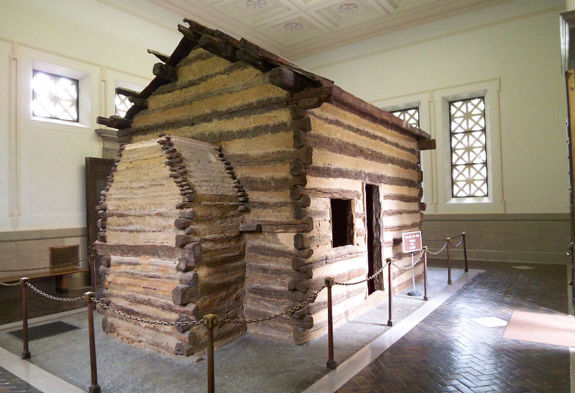
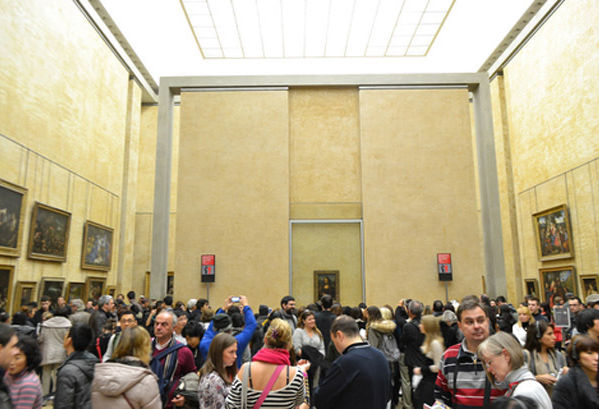
Equally important to understanding the type of resource, is an understanding of the venue that houses the resource. Simply stated, if the resource is the “what” that is being interpreted, the venue is “where” it’s being interpreted. Venues can be classified in the same manner as resources. An example of a single focus venue is again, the Lincoln Cabin. The cabin itself (resource) is enshrined in a Neoclassic stone building (venue) that is the only destination at the site, hence a single focus resource within a single focus venue. A good example of a multi-focus venue might be Gettysburg National Military Park, where multiple venues are used to interpret the battle and its significance in our history and development as a country. The many venues that exist in Gettysburg include the Visitor Center, the David Wills House, the National Cemetery, the Seminary Building, the Gettysburg Train Station, the various battlefields and so on. Each of these venues, in turn, house various resources. Generally, the more venue options available, the easier it is to control crowds.
Another factor in understanding and impacting visitor flow is identifying the nature of visitation to the venue and resource(s). Asking questions about how visitors arrive (on foot, bicycles, cars, RV and/or buses) and what their group looks like when they arrive (individual, family, school group, etc.) helps to develop a clearer picture as visitor groups vary and each has its own needs and desired outcomes. It’s important for institutions to keep accurate statistics on visitor demographics such as how many visitors, who they are, when they’re coming, and when attendance spikes.
Using this information, designers can develop approaches to managing crowds and make the visitor experience enjoyable regardless of the number of visitors on site. The most common techniques employed to control crowds are pacing, pulsing, and controlling the characteristics of path.
